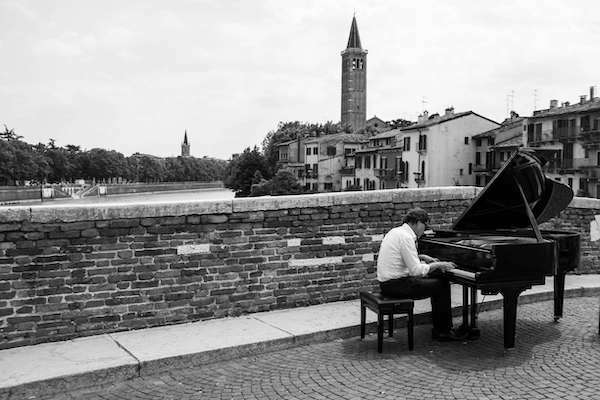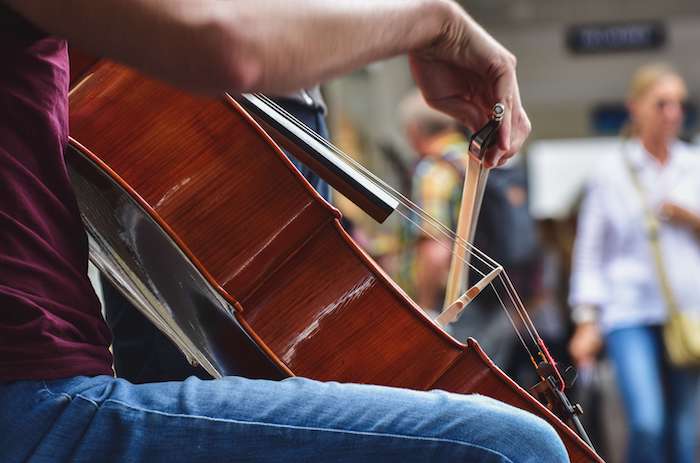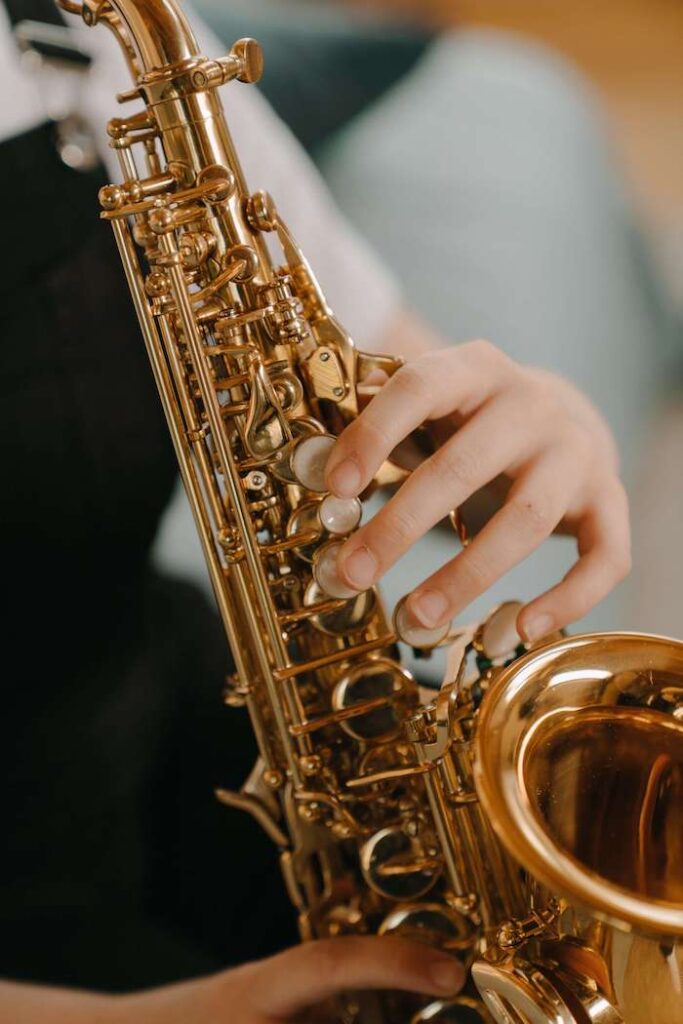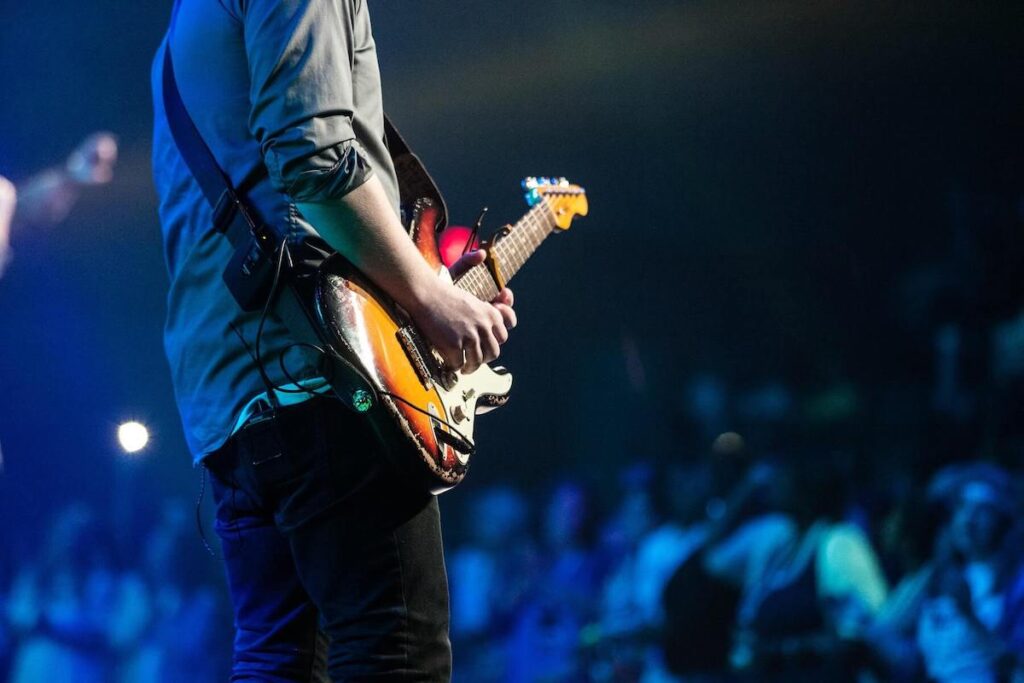Musician’s Hand
Musicians rely heavily on the use of their hands to create beautiful music, but the repetitive motions and prolonged practice sessions can lead to a variety of hand conditions and injuries.
Common hand problems among musicians include tendinitis, carpal tunnel syndrome, and nerve compression. These conditions can have a significant impact on a musician's ability to perform and can cause pain and discomfort that can last for a long time. In this essay, we will discuss the most common hand conditions among musicians, the symptoms and causes, and the treatments and preventative measures that can be taken to avoid these conditions.


Tenosynovitis
Tendinitis is an inflammation of the tendons that can occur in the hand and wrist, and is often seen in musicians who play string instruments or pianos. Tendinitis can affect the tendons in the hand and wrist that are used to move the fingers and thumb, and can cause pain and stiffness in the hand and wrist.
Musicians who play string instruments such as the violin, cello, or guitar may develop tendinitis in their left hand, while pianists may develop tendinitis in their right hand. The repetitive motions and prolonged practice sessions required to master these instruments can put a lot of stress on the tendons in the hand, leading to inflammation and pain.
Symptoms of tendinitis include pain and stiffness in the hand and wrist, particularly when gripping or holding objects. The pain may be felt in the fingers or thumb, and can also extend into the forearm. Musicians may also experience difficulty moving their fingers or thumb, and may notice a loss of strength in their hand.
In severe cases, tendinitis can cause a loss of function in the hand and wrist, making it difficult to play an instrument. Treatment for tendinitis includes rest, ice, and physical therapy. Musicians should take regular breaks during practice sessions and avoid repetitive motions that cause pain. Applying ice to the affected area can help reduce inflammation and pain.
Physical therapy can also be helpful in strengthening the muscles and tendons in the hand and wrist and improving range of motion. In some cases, a splint or brace may be recommended to immobilize the affected area and allow it to heal. Medications such as non-steroidal anti-inflammatory drugs (NSAIDs) may also be prescribed to help reduce pain and inflammation.
Carpal tunnel syndrome
Carpal Tunnel Syndrome (CTS) is a condition caused by compression of the median nerve as it passes through the wrist. Musicians who play piano or guitar, or use their hands for repetitive motions, may be at a higher risk for developing CTS. The median nerve is responsible for providing feeling to the thumb, index finger, middle finger, and half of the ring finger. When the median nerve is compressed, it can cause numbness, tingling, and weakness in the hand and fingers.
Symptoms of CTS include numbness and tingling in the thumb, index finger, middle finger, and half of the ring finger. Musicians may also experience weakness in the hand and fingers, and may have difficulty gripping or holding objects. The symptoms of CTS are often worse at night and can make it difficult to sleep.
Treatment options for CTS include splinting, physical therapy, and in severe cases, surgery. A splint or brace can be worn at night to keep the wrist in a neutral position, which can help reduce pressure on the median nerve. Physical therapy can also be helpful in strengthening the muscles and tendons in the hand and wrist, which can help reduce pressure on the median nerve. In some cases, surgery may be recommended to release the compressed median nerve.


Instrument-specific issues
Musculoskeletal problems may be instrument-specific in musicians. Upper string players, such as violinists and violists, support their instrument between their left shoulder and neck, putting stress in their jaw, cervical spine, and shoulder. Problems may be generated in their left hand by the way they hold the bow (German, French-Belgian or Russian position).
The right thumb supports most of the load in clarinets and oboes, whereas the left hand takes most of the strain in flute players. Other instrument-specific considerations include the need of guitarists to play frequent barrè chords and the maximum spreading capacity of a pianist (to the 9th in women – to the 10th in men, typically).
Prevention
In order to prevent hand problems among musicians, it is important to take regular breaks during practice sessions, use proper technique, and stretch before and after playing. In addition, musicians should also consider using ergonomic instruments and equipment to reduce the stress on their hands and wrists.
If you are experiencing hand pain or symptoms of a hand condition, it is important to seek treatment from an orthopedic specialist who can help diagnose and treat your condition. With the right treatment and preventative measures, musicians can continue to play and create beautiful music without interruption from hand problems.
Find us
Book an appointment with us today

